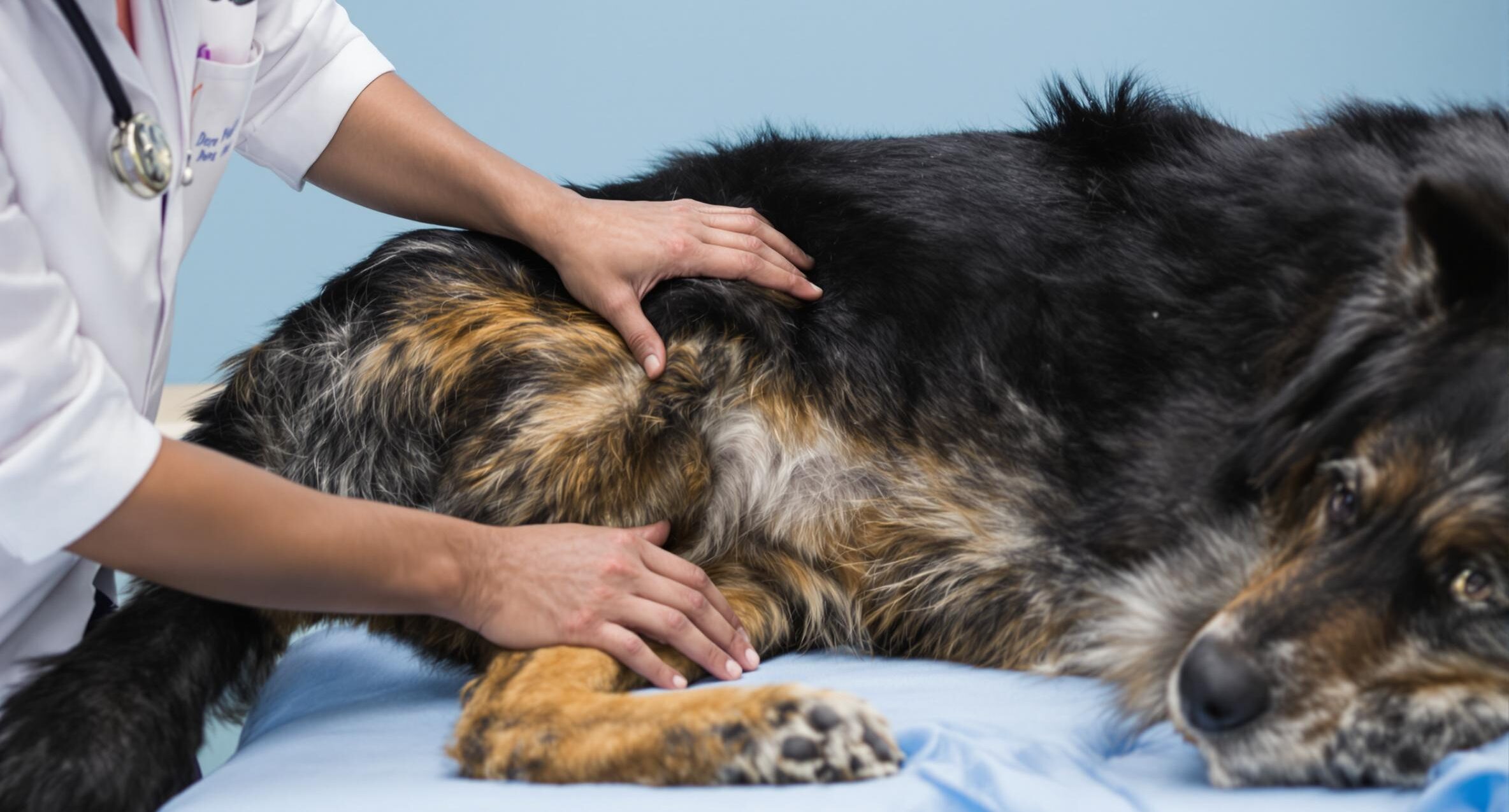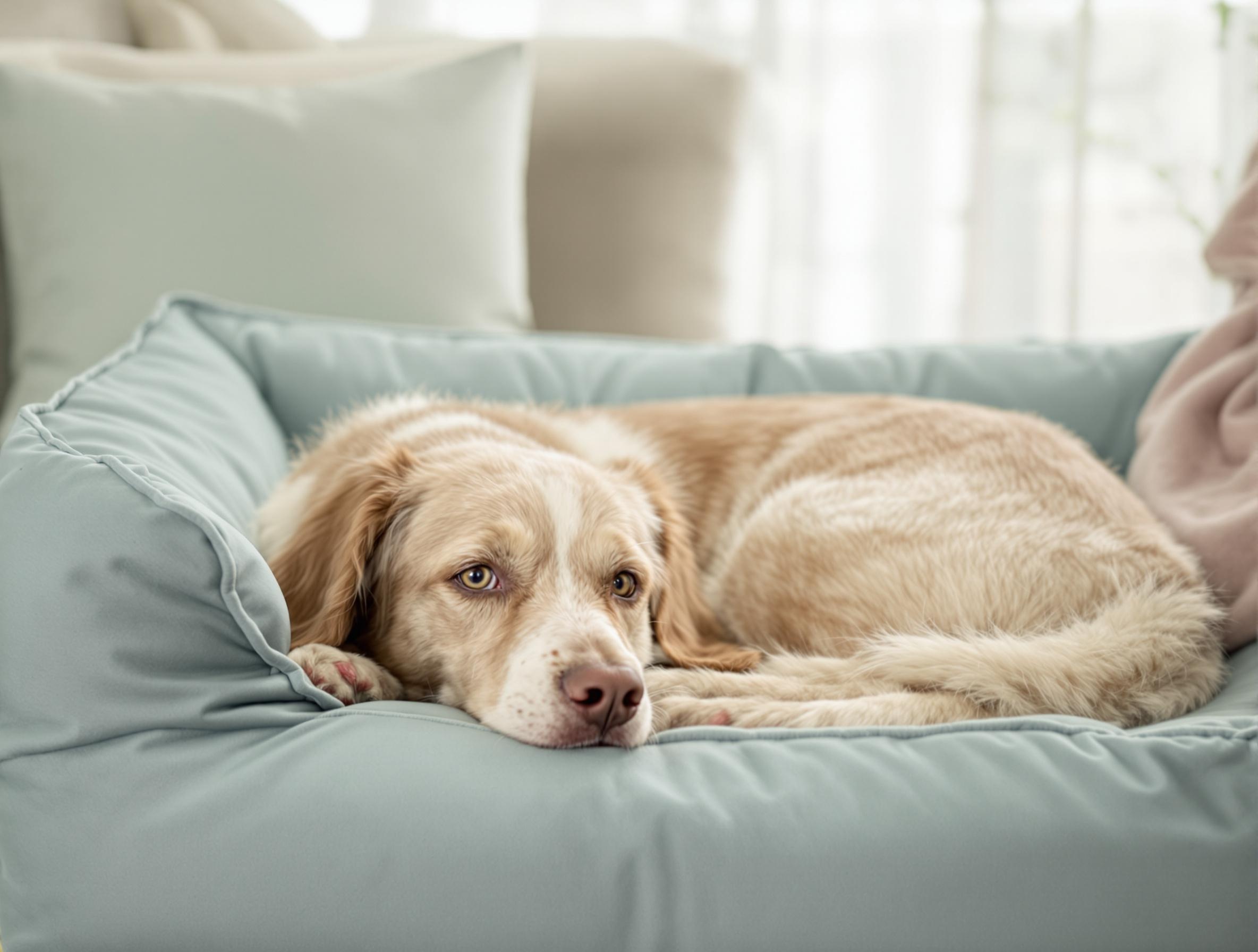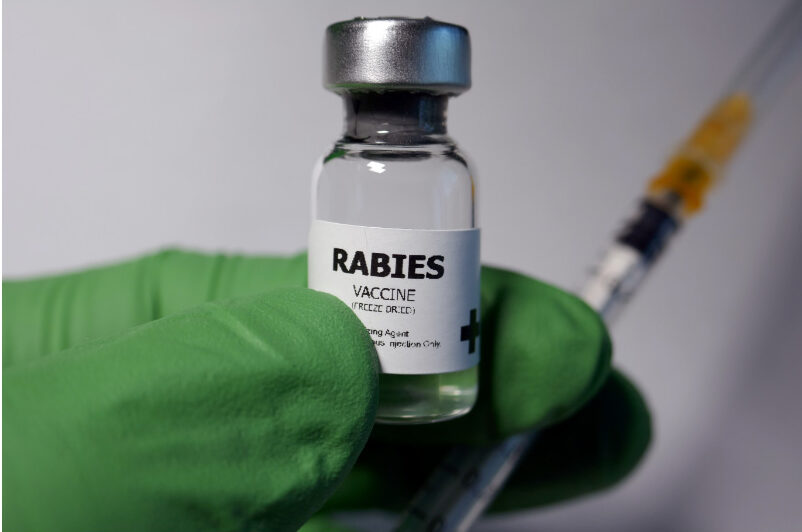When to Spay or Neuter a Dog for Optimal Health

Key Takeaways
- Spaying and neutering can reduce cancer risks and unwanted behaviors like aggression or marking.
- The best time to spay or neuter a dog depends on their size. Smaller dogs are usually ready around 6 to 9 months, while larger dogs may benefit from waiting until 12 to 18 months.
- Post-surgery care includes rest, incision monitoring, and following your vet’s recovery instructions.
Understanding the Right Time to Spay or Neuter
Trying to figure out the right time to spay or neuter your dog can feel overwhelming. Your dog’s age, size, and daily routine all play a role in choosing the right time. While PetHealthMD offers helpful guidance, your veterinarian’s recommendations should guide your final decision.
Choose the Right Age
For small or medium dogs under 45 pounds, most vets recommend spaying or neutering between 6 to 9 months. Large breed dogs may benefit from waiting until 12 to 18 months to support proper joint and bone development.
Gender also influences timing. Spaying before a female dog’s first heat, typically around 6 to 12 months, can reduce cancer risk. Male dogs may be ready as early as 6 months, though some breeds benefit from waiting longer.
Before surgery, some dogs may need additional checkups or tests, especially if they have a history of health concerns. This ensures they handle anesthesia safely and recover well.
The Pros and Cons of Spaying or Neutering
Benefits
- Spaying prevents infections like pyometra and lowers the risk of mammary cancer.
- Neutering reduces marking, aggression, and roaming.
- Surgery often supports a longer, healthier life by lowering disease risks.
- Reduces the number of unwanted pets in shelters.
Potential Risks
- Early surgery in large breeds may increase the risk of joint issues.
- Surgical risks, though rare, include complications from anesthesia or incision infections.
- Costs may vary, though many clinics offer reduced-price services.
If you’re feeling unsure, remember that the benefits of spaying or neutering typically outweigh the risks. A conversation with your veterinarian can help you make the best choice.
Explore supportive products in the Dog Medications category to help with post-op comfort and care.
How Spaying or Neutering Can Affect Behavior
Many dogs show positive behavior changes after surgery. They may become calmer, more focused, and easier to train. Male dogs often mark less, and female dogs no longer experience heat cycles.
Hormone levels usually stabilize within 2 to 4 weeks. Some dogs may seem restless or eat less during this period. Working breeds may stay more energetic, while smaller dogs may become more affectionate. Keeping a consistent routine helps with this transition.
Provide the Right Post-Surgery Care
Supporting your dog’s healing process is easier when you prepare ahead of time.
- Give your dog a quiet, comfortable space to rest for 7 to 10 days.
- Check the incision twice daily for swelling, redness, or discharge.
- Use a cone or recovery suit to prevent licking.
- Follow all medication instructions from your vet.
- Keep walks short and avoid active play until your vet approves.
- Offer soft toys or food puzzles to reduce boredom.
- Monitor food intake, as weight gain can occur after surgery.
Contact your vet if your dog refuses water, seems overly tired, or vomits more than once.
You can also find essentials for recovery in the Dog Supplies category at 1800PetMeds.
Make Informed Decisions About Long-Term Health
Knowing when to spay or neuter your dog is essential to protecting their long-term well-being. Spaying before a female dog’s first heat can reduce mammary cancer risk. Neutering males helps prevent testicular cancer and prostate concerns.
While behavioral or energy changes may occur after surgery, your veterinarian can help you understand what’s normal and what to expect.
For trusted veterinary supplies and medications that support every stage of your dog’s health, visit PetMeds.com.





